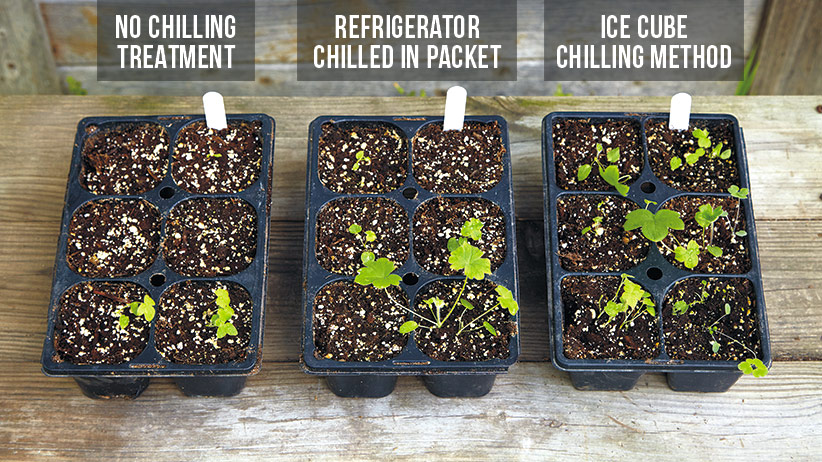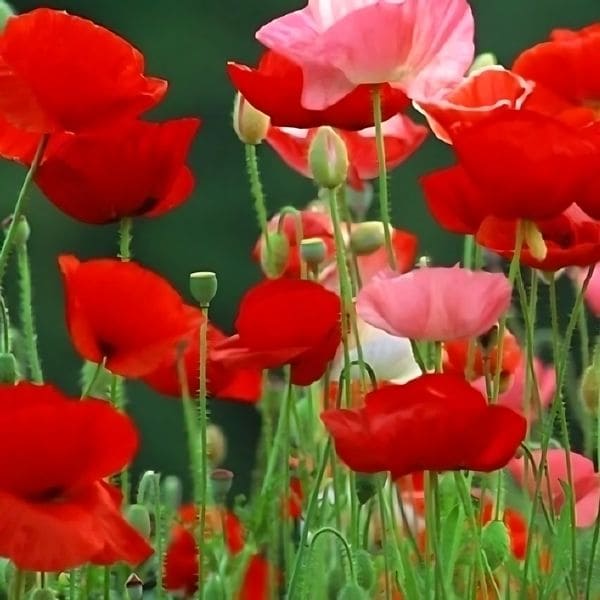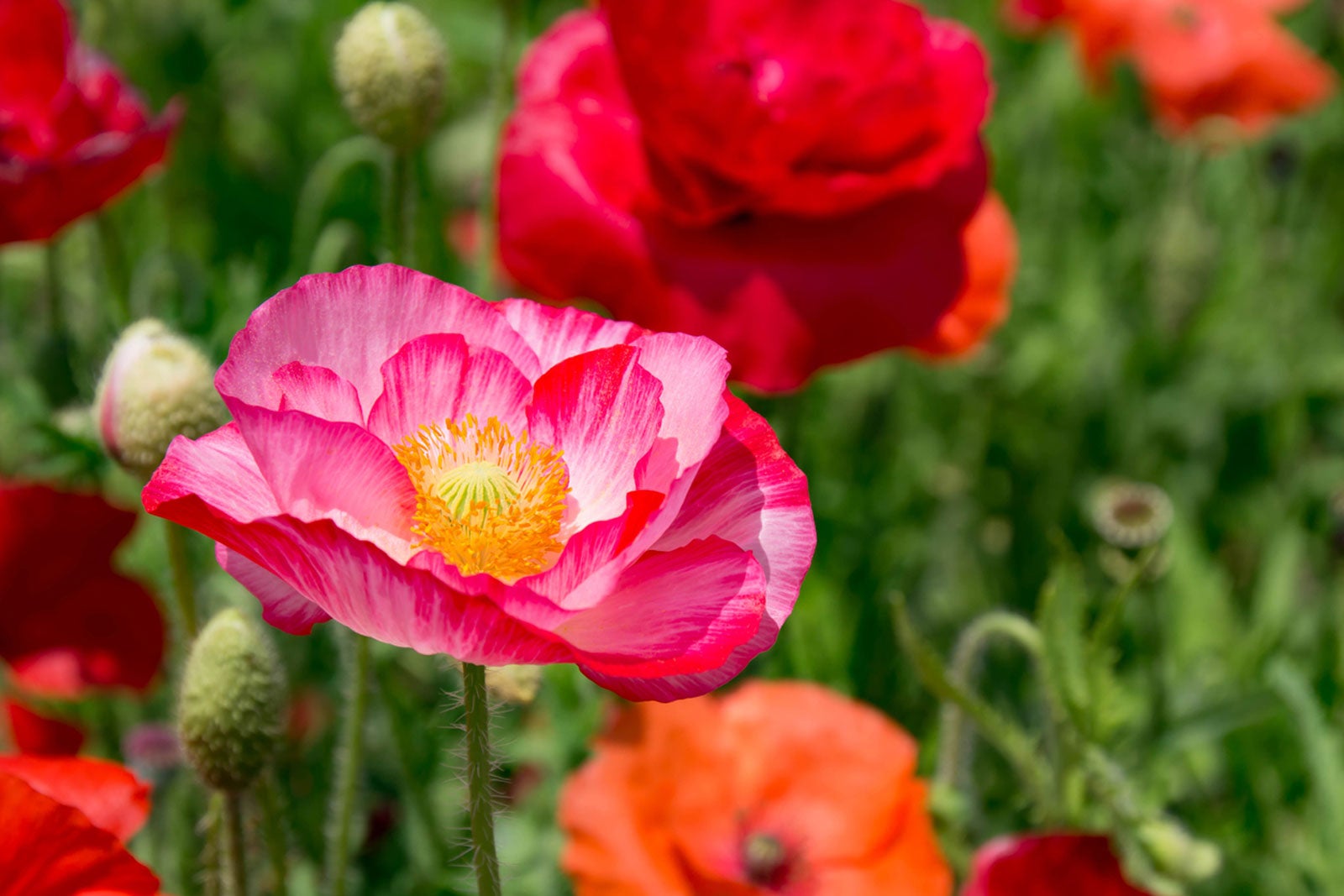Understanding the Basics of Poppy Flower Care
Poppy flowers, belonging to the Papaver genus, are a popular choice among gardeners due to their vibrant colors, delicate petals, and relatively low maintenance requirements. With over 100 species, poppies offer a diverse range of characteristics, from the iconic red poppy to the delicate, pastel-hued varieties. To successfully grow poppy flowers, it’s essential to understand their basic needs and provide the right conditions for optimal growth.
One of the primary considerations when growing poppies is their sensitivity to temperature and moisture. Most poppy species thrive in temperate climates with moderate temperatures between 65°F to 75°F (18°C to 24°C). They also require well-draining soil to prevent root rot and other issues. By understanding these fundamental needs, gardeners can create an environment that fosters healthy growth and encourages their poppies to flourish.
When learning how to grow poppy flowers, it’s also important to recognize the different types of poppies and their unique characteristics. For example, the Oriental poppy (Papaver orientale) is known for its large, showy blooms, while the California poppy (Eschscholzia californica) is a drought-tolerant variety that thrives in dry conditions. By selecting the right type of poppy for your specific climate and soil conditions, you can increase your chances of success and enjoy a bountiful bloom.
By providing the right conditions and understanding the basic needs of poppy flowers, gardeners can enjoy a stunning display of color and beauty in their gardens. Whether you’re a seasoned gardener or just starting out, growing poppies can be a rewarding experience that brings joy and vibrancy to your outdoor space.
Choosing the Perfect Location for Your Poppy Flowers
When it comes to growing poppy flowers, selecting the right location is crucial for their success. Poppies require a spot with full sun to partial shade, depending on the variety. A location that receives direct sunlight for at least 6 hours a day is ideal, but some varieties can tolerate partial shade, especially in warmer climates.
In addition to sunlight, poppies also require well-draining soil to prevent root rot and other issues. The soil should be rich in organic matter and have a pH between 6.0 and 7.0. If your soil is heavy clay or sandy, consider amending it with compost or well-rotted manure to improve its structure and fertility.
Air circulation is also essential for healthy poppy growth. Good air circulation helps to prevent fungal diseases and promotes healthy growth. Choose a location that allows for good air movement, such as a spot with a gentle breeze or a location that is not surrounded by tall plants or structures.
To prepare the soil for your poppy flowers, start by loosening the soil to a depth of about 12 inches. Add a 2-inch layer of compost or well-rotted manure to the soil and mix it in well. Rake the soil to create a smooth, even surface. If you’re growing poppies in a container, use a well-draining potting mix and a container that is at least 6-8 inches deep.
By choosing the right location and preparing the soil properly, you’ll be well on your way to growing healthy and vibrant poppy flowers. Remember to consider the specific needs of the variety you’re growing, and don’t hesitate to ask for advice if you’re unsure about any aspect of poppy care.
How to Sow Poppy Seeds for Successful Germination
Sowing poppy seeds is a crucial step in growing these beautiful flowers. The best time to sow poppy seeds depends on your location and climate. In general, it’s best to sow seeds in the fall or early spring, when the weather is cooler and there is ample moisture in the soil.
To sow seeds directly in the ground, choose a location with well-draining soil and full sun to partial shade. Loosen the soil to a depth of about 12 inches and rake it to create a smooth, even surface. Sow the seeds about 1/8 inch deep and 1-2 inches apart. Cover the seeds with a thin layer of soil and water gently but thoroughly.
If you prefer to start your poppy seeds indoors, sow them in seed trays or small pots filled with a good quality potting mix. Sow the seeds about 1/8 inch deep and 1-2 inches apart. Water gently but thoroughly and provide adequate light and temperature. Transplant the seedlings outdoors when they are about 6-8 inches tall and the weather is warm and settled.
Using fresh seeds is essential for successful germination. Old seeds may have lower germination rates, so it’s best to use seeds that are less than a year old. You can also store seeds in an airtight container in the refrigerator to keep them fresh for longer.
Adequate moisture is also crucial for germination. Keep the soil consistently moist during the germination period, which is usually about 1-2 weeks. Water gently but thoroughly, and avoid overwatering, which can lead to rot and other problems.
By following these tips and techniques, you can successfully sow poppy seeds and enjoy a beautiful display of blooms in your garden. Remember to provide the right conditions and care for your poppy flowers, and they will reward you with vibrant colors and delicate petals.
Watering and Fertilizing Your Poppy Flowers for Optimal Growth
Consistent moisture is essential for the growth and development of poppy flowers. During the germination and seedling stages, it’s crucial to keep the soil consistently moist but not waterlogged. Watering once or twice a week is usually sufficient, depending on the weather conditions.
As the plants grow, they will require more water, especially during hot and dry weather. However, it’s essential to avoid overwatering, which can lead to root rot and other problems. Check the soil regularly, and water only when it feels dry to the touch.
Fertilizing poppy flowers is also important for optimal growth. Use a balanced fertilizer that is high in phosphorus, which promotes healthy root development and blooming. Compost is also an excellent fertilizer for poppies, as it provides essential nutrients and improves soil structure.
When fertilizing poppy flowers, it’s essential to follow the instructions on the fertilizer package. Overfertilizing can damage the plants and lead to weak growth. Start with a small amount of fertilizer and gradually increase as needed.
In addition to fertilizing, deadheading spent blooms can also encourage more flowering and prevent self-seeding. Remove the spent blooms, and the plant will direct its energy towards producing more flowers. This will also help to prevent the plant from going to seed, which can lead to a decrease in flowering.
By providing consistent moisture and fertilizing your poppy flowers, you can encourage healthy growth and optimal blooming. Remember to monitor the plants regularly and adjust your care routine as needed. With proper care, your poppy flowers will thrive and provide a beautiful display of color in your garden.
Supporting Tall Poppy Varieties and Deadheading Spent Blooms
Tall poppy varieties can be a stunning addition to any garden, but they often require support to prevent them from toppling over in the wind. Providing support for these varieties is essential to ensure they grow upright and produce plenty of blooms.
One way to support tall poppy varieties is to use stakes. Drive a stake into the ground near the base of the plant, and tie the stem to the stake using twine or a soft material. This will help keep the plant upright and prevent it from toppling over.
Another option is to use a trellis. Plant the poppy near a trellis, and train the stem to grow up the trellis. This will provide support for the plant and keep it upright.
Deadheading spent blooms is also an important part of caring for poppy flowers. Remove the spent blooms, and the plant will direct its energy towards producing more flowers. This will also help to prevent the plant from going to seed, which can lead to a decrease in flowering.
To deadhead spent blooms, simply snip off the flower head with scissors or pinch it off with your fingers. Make sure to remove the entire flower head, including the stem, to encourage the plant to produce more blooms.
By providing support for tall poppy varieties and deadheading spent blooms, you can encourage healthy growth and optimal blooming. Remember to monitor the plants regularly and adjust your care routine as needed. With proper care, your poppy flowers will thrive and provide a beautiful display of color in your garden.
Common Pests and Diseases Affecting Poppy Flowers and How to Manage Them
Poppy flowers can be susceptible to various pests and diseases, which can impact their growth and flowering. Some common pests that can affect poppy flowers include aphids, slugs, and snails. These pests can cause damage to the leaves and flowers, and can also transmit diseases.
Aphids are small, soft-bodied insects that feed on the sap of poppy flowers. They can cause curled or distorted leaves, and can also transmit plant viruses. To manage aphids, use neem oil or insecticidal soap, and make sure to remove any infested leaves or stems.
Slugs and snails are also common pests that can affect poppy flowers. They can cause holes in the leaves and flowers, and can also spread diseases. To manage slugs and snails, use copper tape or crushed eggshells around the plants, and hand-pick any slugs or snails that you find.
Powdery mildew is a common disease that can affect poppy flowers. It causes a white, powdery coating on the leaves and stems, and can also cause yellowing or stunted growth. To manage powdery mildew, use a fungicide specifically designed for powdery mildew, and make sure to remove any infected leaves or stems.
Other diseases that can affect poppy flowers include root rot and leaf spot. Root rot is caused by overwatering, and can cause the roots to rot and the plant to die. Leaf spot is caused by fungal or bacterial infections, and can cause small, circular spots on the leaves.
To manage these diseases, use good sanitation practices, such as removing any infected leaves or stems, and disinfecting any tools or equipment that come into contact with the plants. Also, make sure to provide good air circulation and avoid overwatering.
By being aware of these common pests and diseases, and taking steps to manage them, you can help to keep your poppy flowers healthy and thriving.
Harvesting and Drying Poppy Seeds for Future Plantings
Harvesting and drying poppy seeds is an essential step in preserving the seeds for future plantings. The best time to harvest poppy seeds is when the seed pods are dry and brittle, and the seeds are loose and easy to remove.
To harvest poppy seeds, simply snip off the seed pods from the plant, and place them in a paper bag or envelope. Allow the seed pods to dry completely, either by air-drying them or by placing them in a warm, dry location.
Once the seed pods are dry, remove the seeds from the pods and spread them out in a single layer on a paper towel or cloth. Allow the seeds to air-dry for several days, or until they are completely dry and brittle.
To dry poppy seeds, you can also use a food dehydrator or a low-temperature oven. Simply spread the seeds out in a single layer on a baking sheet, and dry them at a low temperature (150°F – 200°F) for several hours.
Once the seeds are dry, store them in an airtight container, such as a glass jar or envelope. Label the container with the date and the type of poppy seeds, and store it in a cool, dry location.
By harvesting and drying poppy seeds, you can preserve the seeds for future plantings and ensure a continuous supply of poppy flowers. This is especially useful if you want to save specific varieties of poppies or if you want to share seeds with friends and family.
Enjoying Your Vibrant Poppy Blooms and Planning for Future Success
With proper care and attention, your poppy flowers should be blooming beautifully, adding a splash of color and vibrancy to your garden. Take time to enjoy the fruits of your labor and appreciate the beauty of these delicate flowers.
As you enjoy your blooming poppy flowers, it’s also important to think about planning for future success. One way to do this is to save seeds from your poppy flowers. This will allow you to replant them in the future and enjoy their beauty again.
To save seeds, simply allow the seed pods to dry completely, then remove the seeds and store them in an airtight container. Label the container with the date and the type of poppy seeds, and store it in a cool, dry location.
Another way to plan for future success is to divide established plants. This will allow you to propagate new plants and enjoy their beauty in different parts of your garden.
To divide established plants, simply dig up the entire plant, taking care not to damage the roots. Gently separate the roots, making sure each section has at least one growing stem. Replant the sections in well-draining soil, and water thoroughly.
By saving seeds and dividing established plants, you can ensure a continuous supply of poppy flowers in your garden. With proper care and attention, these beautiful flowers will continue to thrive and bring joy to your outdoor space.







